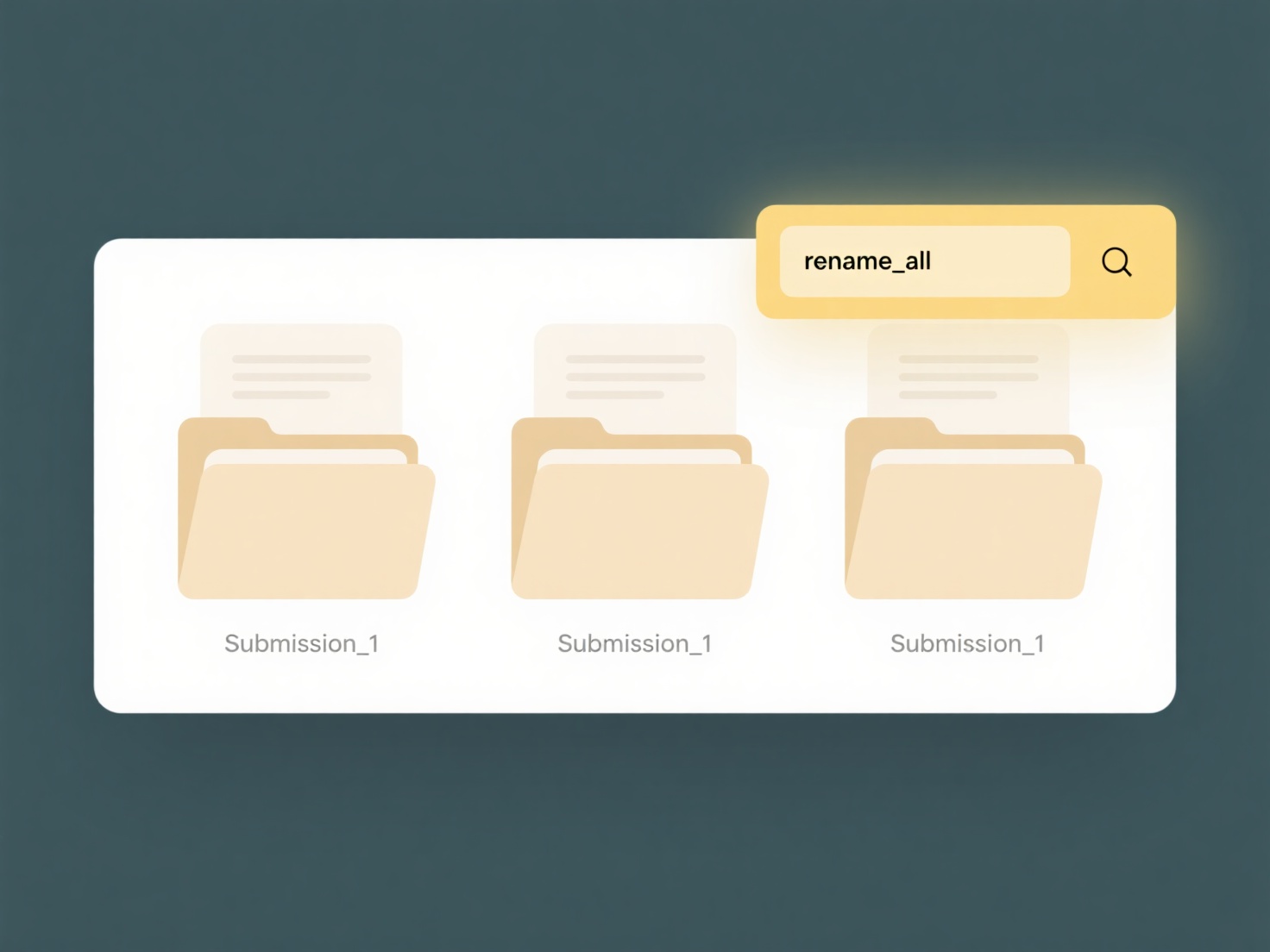
Layout differences when opening files typically occur because formatting relies heavily on the specific software, version, settings, or supporting resources available. The program opening the file might interpret instructions differently, lack a required font, use alternative rendering engines, or have conflicting default settings. Essentially, the visual presentation depends on the application doing the opening, not just the file's content.
For instance, a Microsoft Word document created on one computer may display spacing variations when opened on a different device with an older Word version. Similarly, CAD files viewed outside their native specialized software might show incorrect element positioning or missing components if dependent plug-ins aren't installed. This impacts everyday office productivity and complex fields like engineering.

The advantage is broad accessibility across diverse platforms, but key limitations include potential misinterpretation of visual data and time wasted manually adjusting layouts. This can hinder collaboration and compromise design fidelity. While industry standards aim to minimize inconsistencies, careful attention to file compatibility settings and using identical viewing environments remains crucial for maintaining layout integrity.
Why is the layout different when opening the file?
Layout differences when opening files typically occur because formatting relies heavily on the specific software, version, settings, or supporting resources available. The program opening the file might interpret instructions differently, lack a required font, use alternative rendering engines, or have conflicting default settings. Essentially, the visual presentation depends on the application doing the opening, not just the file's content.
For instance, a Microsoft Word document created on one computer may display spacing variations when opened on a different device with an older Word version. Similarly, CAD files viewed outside their native specialized software might show incorrect element positioning or missing components if dependent plug-ins aren't installed. This impacts everyday office productivity and complex fields like engineering.

The advantage is broad accessibility across diverse platforms, but key limitations include potential misinterpretation of visual data and time wasted manually adjusting layouts. This can hinder collaboration and compromise design fidelity. While industry standards aim to minimize inconsistencies, careful attention to file compatibility settings and using identical viewing environments remains crucial for maintaining layout integrity.
Related Recommendations
Quick Article Links
Can I password-protect local and cloud files differently?
Password-protecting local and cloud files differs significantly due to their storage environments and inherent security ...
How do I rename series episodes consistently?
Consistent episode renaming involves applying a standardized naming pattern to all files in a season or series. It typic...
How do I search for emails with attachments?
Searching for emails with attachments means using specific features within your email platform to find messages containi...